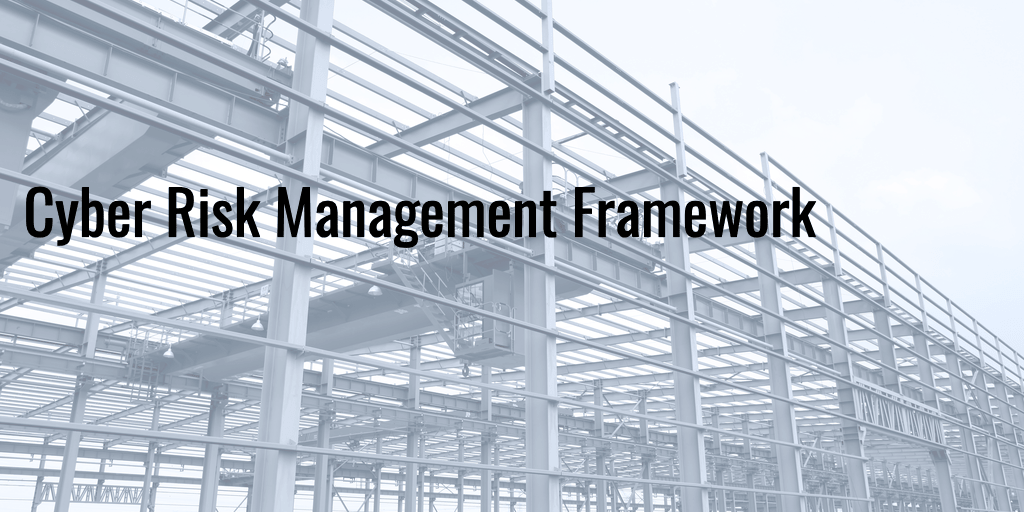Cyber Risk Management Framework


Data is regarded as the most valuable asset in today’s business world. The examples of critical data include e-commerce data, e-banking data, and Personally Identifiable Information (PII). Therefore, data security is, and data breaches have become an international concern for individuals as well as organizations. The role of the Cybersecurity Risk Management Framework (RMF) in data security is indispensable. The RMF provides a structured, disciplined, and flexible process for managing the privacy and security risks that include information security categorization, control selection, assessment, and implementation, as well as system and control authorization and continuous monitoring.
The components reflect how RMF works and what steps are involved in it. The complete execution of the RMF is listed below:
Types of RMF
There are several types of cybersecurity risk frameworks that are revolving in the IT industry. However, most frequently adopted frameworks include:
Using Automation for RMF Execution
Undoubtedly, enterprises should increase the use of automation in cyber security, wherever possible, to maximize the speed, reliability, and efficiency of executing the steps in RMF. Automation not only performs manual and mundane tasks automatically but also save time, budgets, as well as reduce the need for manpower. Since cybersecurity talent is already declining, according to analysts, the role of automation is necessary for cybersecurity. Several types of tools are available to automate tasks. However, the industry-leading and effective is [Security Orchestration, Automation, and Response SOAR.
Importance of Cyber Risk Management Framework
The RMF is not only critical for local businesses but also for federal agencies and their enterprises. President Donald Trump issued Executive Order (EO), 13800, to improve the cybersecurity of Federal Networks and critical IT infrastructure. EO states that the cybersecurity risk management framework contains various activities that are performed to safeguard information technology and data from unauthorized access and other cyber threats, to spread awareness of cyber threats, to detect anomalies and incidents adversely affecting the data and IT, and to mitigate the impact of, respond to, and recover from the notorious IT incidents.
Applicability of RMF
It is worth mentioning that the use of RMF is mandatory for federal governments. In addition, it is also essential for nonfederal and private sector organizations including businesses, academia, health, and other industries. The use of RMF is most critical in risk-based decision making.
Meeting Compliance Requirements
The RMF is used in organizations to provide a flexible and risk-based implementation that can be utilized with a wide spectrum of cybersecurity risk management processes. Thus, federal implementation of the RMF is consistent with and fully supports the use of the risk management approaches and processes defined in NIST Special Publication 800-37. More importantly, RMF allows organizations to comply with the requirements of EO 13800 and FISMA (Federal Information Security Management Act).
The Bottom Line
Cybersecurity Risk Management Framework (RMF) is critical for both governmental and non-governmental organizations. The purpose of using RMF is to deal with cybersecurity risks and risk-related decision making in businesses. To effectively perform RMF, the element of automation is extremely important and this can be achieved through the use of automation tools like SOAR.